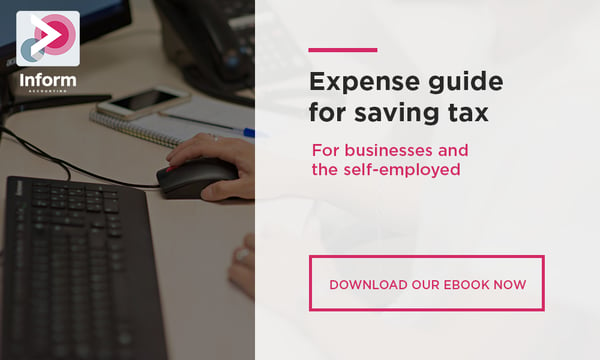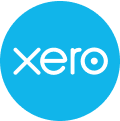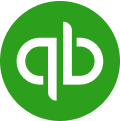BLOG PERSONAL TAX
High Income Child Benefit Charge and Tax-Free Childcare
High Income Child Benefit Charge
Income thresholds for the High Income Child Benefit Charge (HICBC) went up from 6 April 2024. This opened the possibility of receiving Child Benefit payment in many more households.
How the Charge works
The HICBC applies where an individual gets Child Benefit, and either they, or their partner, have what’s called adjusted net income above a certain threshold. Adjusted net income is broadly taxable income after you have deducted personal pension contributions and Gift Aid payments.
For income earned above this threshold, the HICBC claws back Child Benefit payment, until an upper threshold is reached. At this point, all financial benefit of receiving payment is lost.
New thresholds
From 6 April 2024, the HICBC applies where adjusted net income is over £60,000. It was previously £50,000. It then claws back Child Benefit payment at a rate of 1% for every £200 of income above £60,000, to the upper threshold of £80,000.
Knowing who is liable
For the HICBC, partner means someone you live with as if you were married, as well as spouse or civil partner. If both parties are over the income threshold, the charge is the responsibility of the higher earner: this means, in effect, that either partner can be liable to the HICBC, irrespective of whether they receive the Child Benefit.
Where couples run their nances independently, and one party doesn’t know the other claims Child Benefit, this can cause particular problems.
Note that the plan to assess income on a household basis, rather than an individual basis, is not now going ahead.
Action Point: plan before 5 April to minimise the HICBC
If both partners can keep income below £60,000, it’s possible to keep Child Benet payment in full. It is important to get the detail and timing right, but broadly, strategies to consider include:
-
making personal pension contributions
-
making payments under Gift Aid
-
reallocation of profits between spouses in business
Plan for Tax-Free Childcare
Tax-Free Childcare (TFC) helps with the cost of approved childcare for children up to age 11, on a per child basis. For disabled children, the age limit is 16. Eligible parents register with the government and open an online account. The government then tops up payments into the account, at a rate of 20p for every 80p paid in, with a maximum top-up of £2,000 per child. For disabled children, the maximum is £4,000.
Who qualifies?
Claimants must generally be in work, either on an employed or self-employed basis. They and their partner must generally have adjusted net income less than £100,000 a year, but expect to earn at least the equivalent of 16 hours at the minimum wage per week for the three months following application. This is generally £183 a week for those over 21 in 2024/25. Some types of income, such as dividends and interest do not count towards this minimum earnings requirement.
Action Point: plan for eligibility
TFC can be claimed until adjusted net income is over £100,000. If income exceeds £100,000, all entitlement to TFC is lost. Strategies reducing adjusted net income for HICBC purposes can also be used to reduce income for TFC.
Looking for more tax planning tips?
With the closure of the 24/25 tax year approaching on April 5, 2025, there remains an opportunity to assess your tax strategies and capitalise on current year-end possibilities. Inform Accounting's Year End Planning Guide offers advice and tactics to ready yourself for the financial year's end, maximising available tax allowances and reliefs.
Read more of Inform's tax blogs:




.jpg?width=1500&height=1000&name=amy-hirschi-K0c8ko3e6AA-unsplash-(5).jpg)

